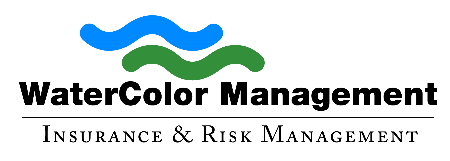
The quality of a community’s drinking water supply is of the utmost importance. All drinking water piped into homes and businesses undergoes a strict process of decontamination to make it safe to consume. Any negligence or errors can lead to unsafe water that may cause a variety of illnesses and even death.
There are government-mandated safety measures in place to monitor water quality to make sure it is safe for human consumption and that all communities adhere to certain regulations. Any water treatment facility must follow these guidelines closely and provide an annual report to their customers detailing the quality of the water.
Water quality is an essential function and involves many steps. Protect your facility and staff by obtaining the best Water Treatment Insurance. The right care and procedures can minimize the risk of an accident, but it’s best to prepare.
Who Enforces Water Regulations?
Since the quality of your drinking water is so important, the regulations that guide the treatment process are established and monitored by the federal government, which oversees local territories. A central government agency ensures that quality standards remain the same for all communities across the country.
Water quality regulations prevent pollution and illness. In an effort to inform customers of the quality of their drinking water, each community issues a Customer Confidence Report each year. Information contained in this report includes the source of the drinking water, any contaminants present, as well as the if the water supply meets the standard quality levels.
This information is important for customers to know to educate themselves so they can make an informed decision about the water they consume, as this affects their health.
Even with the utmost care to ensure the highest standards when it comes to drinking water, occasionally an accident may occur. This is why it’s important to have a water treatment insurance policy in place to cover any liability issues.
How Is Water Made Safe?
The basic process to treat water so it is safe to consume by the public contains several steps. First, the plant adds chemicals to the water that neutralize dirt and other particles. They bond together to form larger particles, called floc, that settle at the bottom of the container.
The clear water left on top is then filtered through several materials to remove bacteria, viruses, parasites, chemicals, and more. The most commonly used are sand, gravel, and charcoal.
Finally, the filtered water is disinfected with chlorine or another similar agent. This kills any remaining contaminants and prevents germs. The newly cleaned, and safe, water is then distributed to the public.
Good water quality makes customers happy. The transparency of the process by providing an annual CCR invites cooperation and communication between both parties. The chance to educate your customers and keep your facility operating at a high standard is a winning move for everyone.
About Watercolor Management
Watercolor Management has insured the water industry for over 30 years. Our policies include unlimited defense cost coverage in the event of a lawsuit against you. Call us at (855) 929-0824 or email info@watercolormanagement.com for a quick quote for your Water Business Professional, Products/Completed operations, Pollution and General Liability Insurance.




